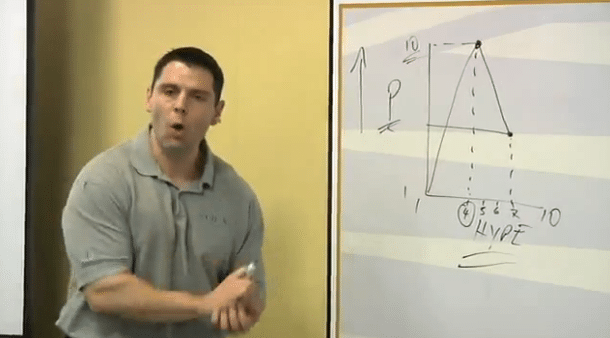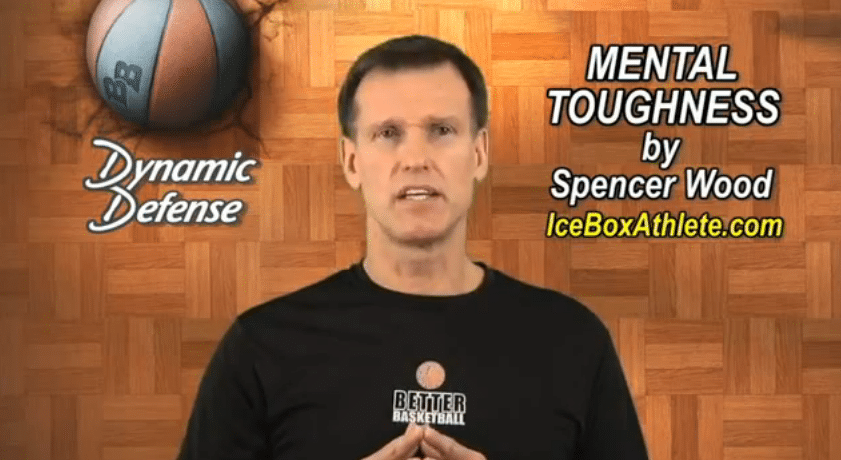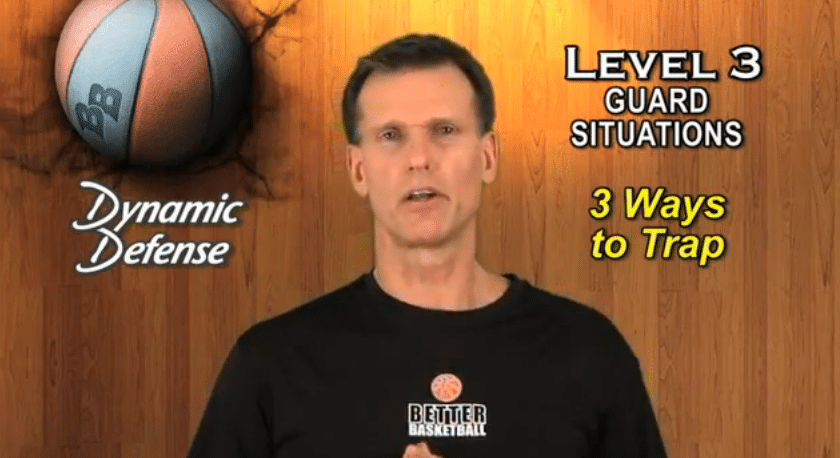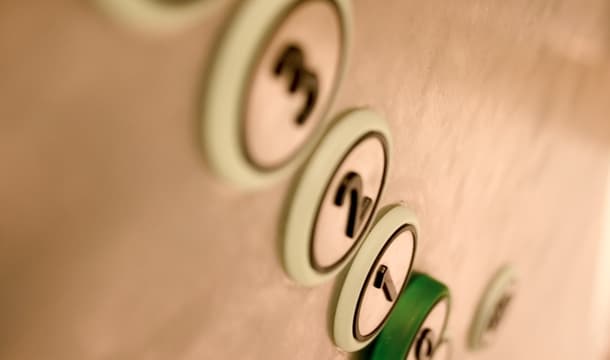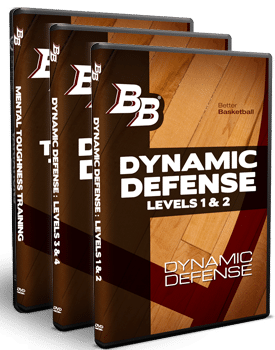Part of effective teaching is putting techniques in terms that are easily transferable and easily remembered.
Dynamic Defense helps you do just that.
In order to make proper one-on-one defensive spacing easy to understand, I've defined it in terms of a conversation with the help of a personal space bubble.
We all enjoy our personal space and when people operate outside of the societal conventions of that space, things get weird quick. Those conventions can help players quickly recognize appropriate defensive spacing (depending on the situation) while allowing you, the coach, to quickly communicate what you want.
First, use your imagination to picture a
translucent bubble surrounding the offensive player. It should be just large enough that if the offensive player extends their arms in front of them, they'll be touching the edge of their bubble. This is that personal space bubble that we are inherently familiar with.
Now, with the bubble as a guideline, let's discuss conversational defensive positioning.
Conversation Distance: Most of the time, we want players to play on the surface of the bubble. In other words, they should be stuck to the bubble at all times - close enough to discourage a shot, bother the dribble, and deflect passes. This would be the correct distance to shake hands with another person, or to have a normal conversation. Most well adjusted people instinctively know the appropriate distance socially required to have a one-on-one conversation. That's
conversation distance.

